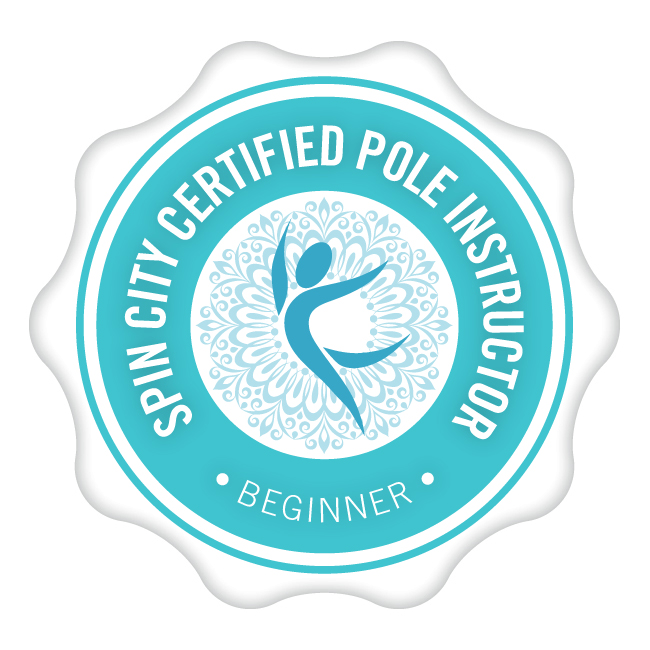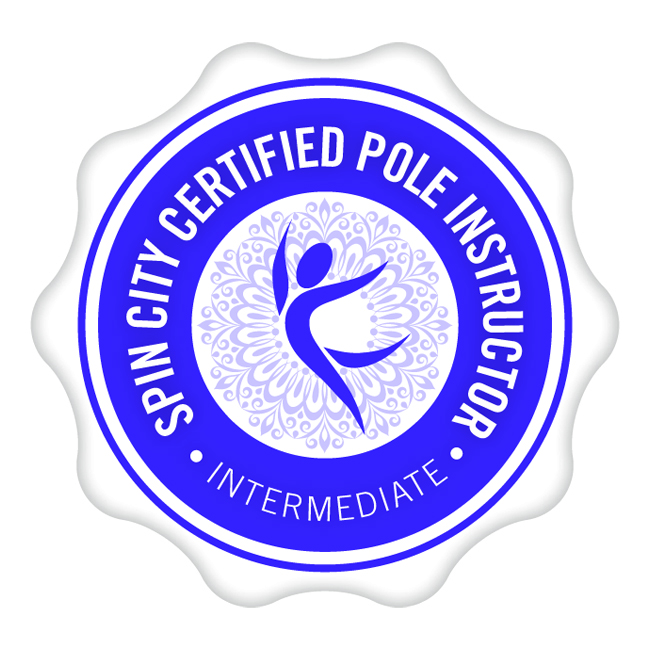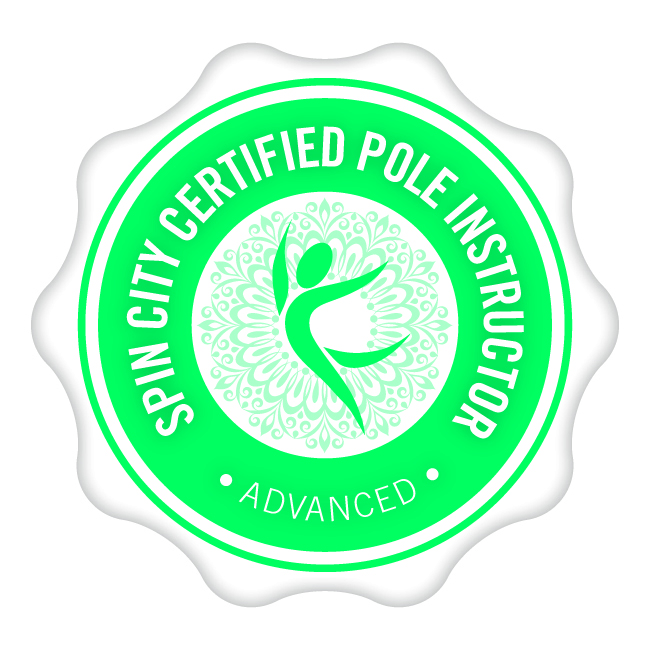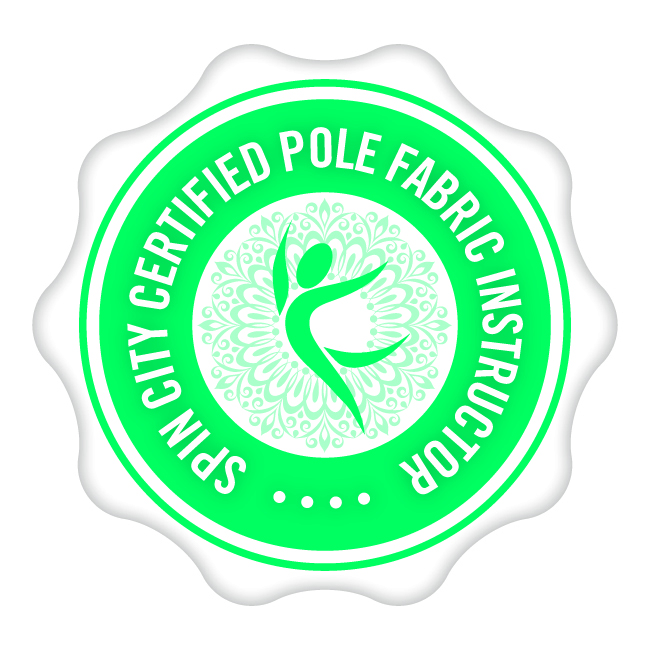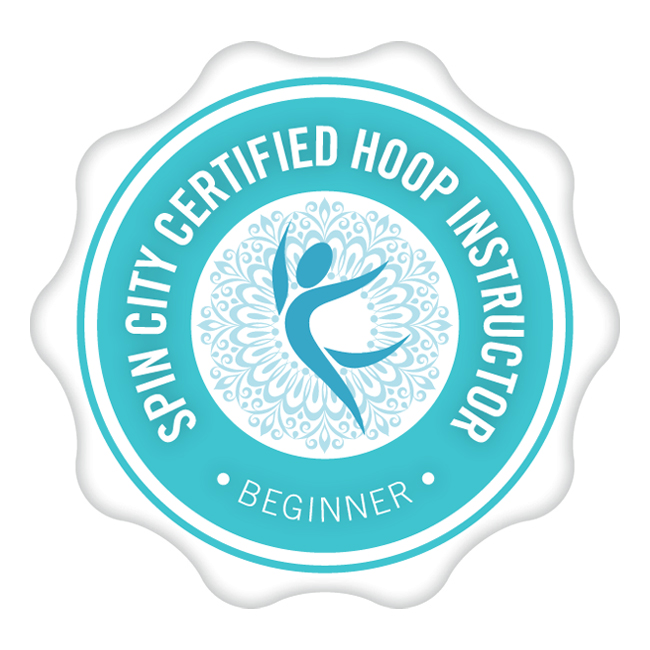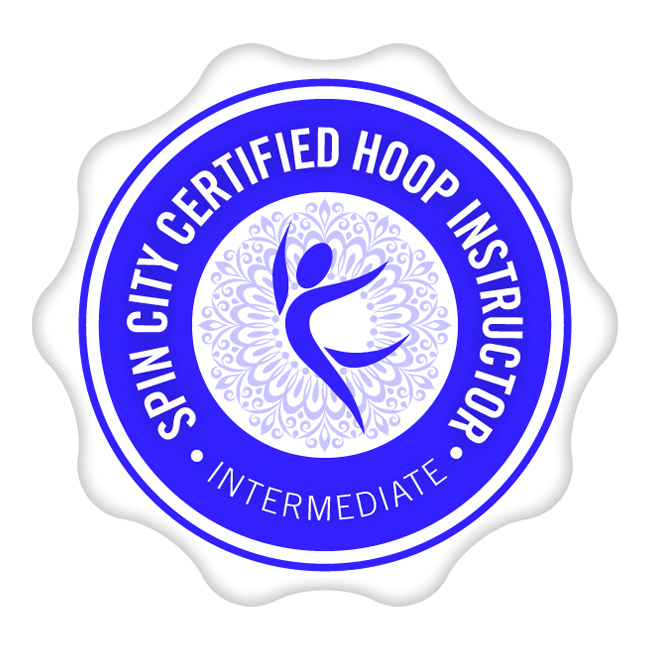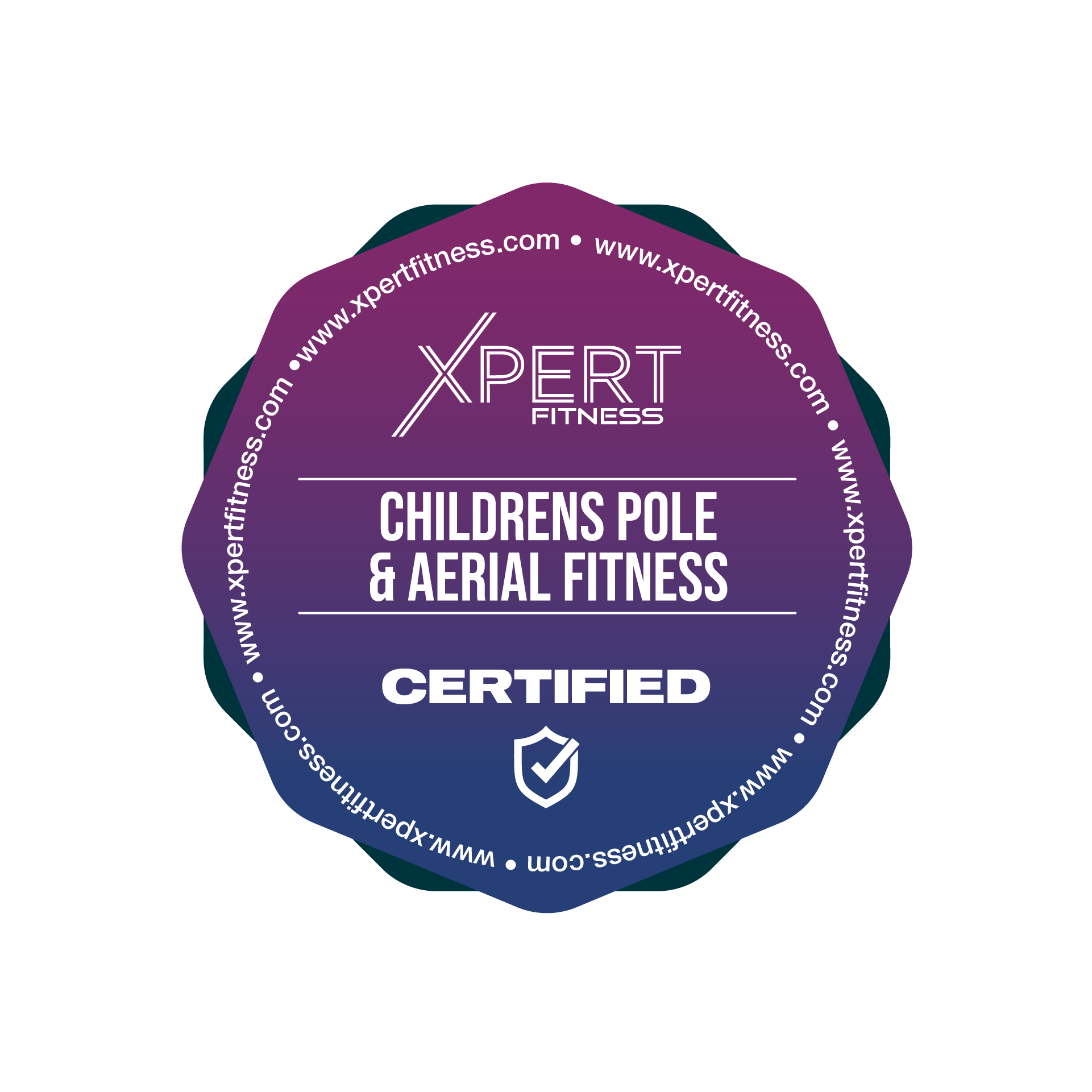Pole Dancing Transitions
Transitions are great to learn when pole dancing. They really help to differentiate between learning moves and actually feeling like you can pole dance. Transitions can be moves of all difficulties – you just have to find a way to link them together.
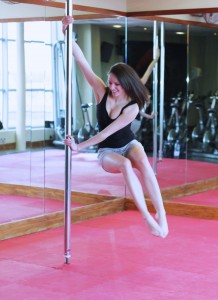 The key to mastering transitions is to make sure that you are very confident with the moves that you are trying to link before trying the transition. Linking moves often occurs in mid-air as you tend to be spinning or inverting and so you will have less control over your body than you would usually have. Due to this it is possible and in fact usual to find yourself getting knocks and bruises that you will not be used to and this can be quite painful.
The key to mastering transitions is to make sure that you are very confident with the moves that you are trying to link before trying the transition. Linking moves often occurs in mid-air as you tend to be spinning or inverting and so you will have less control over your body than you would usually have. Due to this it is possible and in fact usual to find yourself getting knocks and bruises that you will not be used to and this can be quite painful.
The great thing about transitions is that you can link all types of moves together. Generally you can transfer your weight and change your body positioning relatively easily in order to transition between moves. The more competent and confident you are the easier you will find this.
If you are taking pole dancing lessons you may have already been taught some transitions without knowing it – the chair spin to the carousel for example. Or perhaps the chair to the back hook spin. The possibilities are endless and so you can pick your favourite moves and make up your own transitions. This will make you more confident while working to your strengths, improving your choreography and working on positioning your body.
Make up your own Transitions:
1. Choose two moves that you want to use for your transition.
2. Master each move – this means you need to know them inside out. You need to be able to confidently do each move using both arms as your strongest arm and where applicable, you can do these one-handed.
3. Work out the position that your body will start or end up in for each move in order to see which one you should put first.
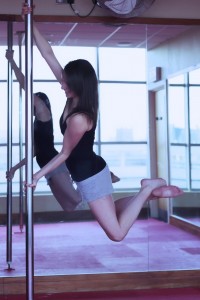 4. Try to work out how you will need to move your body in order to transition – this could be turning from a forwards to backwards spin, inverting or transitioning from the floor.
4. Try to work out how you will need to move your body in order to transition – this could be turning from a forwards to backwards spin, inverting or transitioning from the floor.
5. Work out whether you can easily transition from one move to the other or whether it is easier to transition to another move first.
6. When you have your order of moves and have worked out how you will move your body try to mark this out slowly in order so save yourself a bruise or two.
7. When you are confident, try out your transition. It is likely that you will not feel entirely in control the first time you try this but practise really does make perfect.
If you do have trouble finding a way to link these moves try asking your instructor for help, looking on the internet or you tube for any similar combinations, or even ask us here at Firefly Poles.
Transitions to try:
Spinning Transition: Carousel to Back Hook
With the carousel spin you will end (mid spin) with your body facing the pole and your strongest arm high on the pole and your weaker arm lower down. Your legs will be behind you with your toes or feet together. For the Back hook your inside leg will be hooked on the pole at the knee with your strongest arm at the top and your weaker at the bottom. You will be travelling backwards. The great thing about this transition is that your arms need to be kept in the same position so it is a case of changing direction and hooking your leg.
Transition: You will need to transition fairly quickly as with spins if you leave it too long you will land on the ground. After spinning round the pole once for the Carousel spin look over your outside shoulder. This movement will also turn your body. Let your legs come apart at the feet and hook your (now) inside leg on the pole, at the knee. This is the back hook spin. The hardest part of this transition is hooking your leg. You will also spin very quickly once you have transitioned so you will need to keep a good grip on the pole.
Inverted Transition: V Invert to Gemini
 With the V Invert you will end upside down with your legs in a V shape. For the Gemini you will have what used to be your inside leg, hooked over the front of the pole and your outside leg off the pole and kicked out. You can either hold on with both, one, or no hands, depending on your level. For both of these moves you need to stay inverted.
With the V Invert you will end upside down with your legs in a V shape. For the Gemini you will have what used to be your inside leg, hooked over the front of the pole and your outside leg off the pole and kicked out. You can either hold on with both, one, or no hands, depending on your level. For both of these moves you need to stay inverted.
Transition: When you are confident with your V Invert use the grip with your hands to very slightly pull your body up and closer to the pole in order for you hook your inside leg over the pole, keeping it straight. Point your outside leg away from the pole. If you can take your hands away from the pole you can do this to pose to finish the transition.
For a longer and harder transition try the V Invert to Gemini to V Invert to Angel.
If you have any transitions you have made up and are proud of, let us know at [email protected]. If you need any pole dancing help visit our website at fireflypoles.co.uk for more information, help and support.


